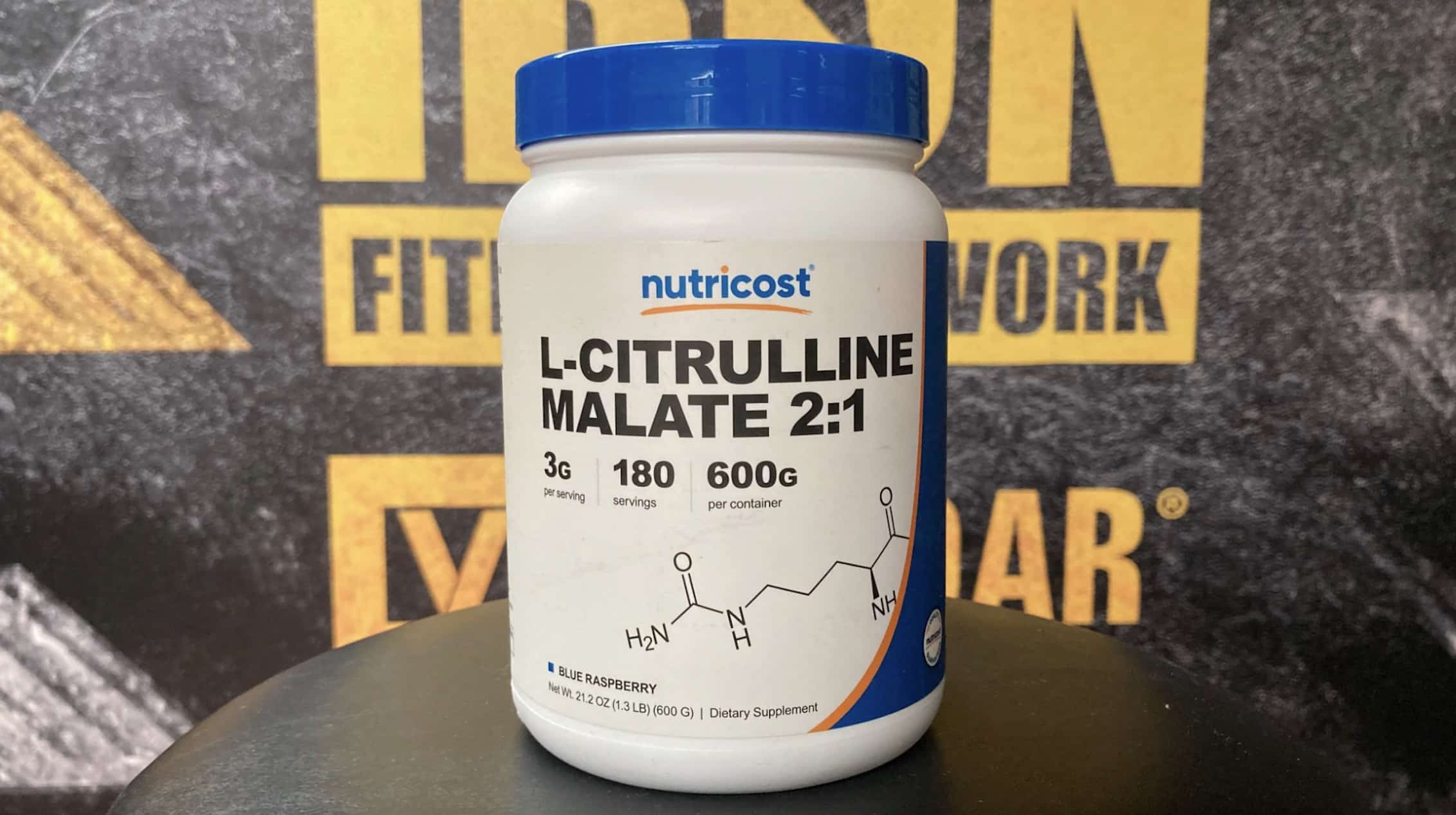Fat fasting combines the ketogenic diet with low calories.
Some people use the fat fast diet to support weight loss and improve overall health. Introduced initially in Dr. Atkins’ New Diet Revolution by physician and cardiologist Robert Atkins, this diet shares many principles with the keto diet. Despite its name, a fat fast isn’t a traditional “fast.” It involves eating small, calorie-restricted meals with carefully controlled nutrient content.
Since fat fasting is controversial, it’s essential to consult your doctor before trying it, especially if you have pre-existing health conditions. This guide explains what a fat fast involves, who it may be suitable for, and the potential benefits and risks associated with it.
Fat Fast Overview

A fat fast is a short-term dietary technique limiting your meals to 1000-1200 calories daily. This approach is not technically a fast, as there’s no period during which you’re meant to abstain from meals. Instead, you consume more fat and neglect other nutrients, like carbs. 80-90% of your calories must come from fats.
Doing a fat fast for more than 5 days isn’t recommended due to the hazardous effects of other nutrient deficiencies. People on a ketogenic diet choose this approach to break through a weight loss plateau that has lasted for two weeks. During a fat fast, meals in a day can be broken into four or five meals of 200-250 calories each. As a recap, the basic rules to follow during a fat fast are:
- Consume only 1000-1200 Calories a day
- Get 80-90% of your calories from fat
- Keep your fat fast between 2-5 days
How Does a Fat Fast Burn Body Fat?
The design of the fat fast reduces your calorie intake and quickly depletes your carb stores. When strictly adhered to within 2-5 days, this could push your body into ketosis, where it’s preferred metabolic fuel switches from glucose to ketones, burning fat stores and leading to weight loss. The absence of glucose from carbs in your meal causes your liver to look for alternative fuel sources.
In this scenario, theoretically, the body first uses glycogen, its glucose stores. Then, the liver carries out glucogenesis, making glucose from other macronutrients. This eventually fails, and the body goes into lipolysis, breaking down fats into glycerol and free fatty acids.
The longer you’re on your fast, the more fatty acids you have available. The liver then uses these fatty acids to make ketones, which it uses for energy. As long as you have glucose from carbs, the body doesn’t activate this process as glucose is preferred. However, with 80-90 % of your calories being fat during a fat fast, lipolysis and ketogenesis are likely the next cause of action, which should burn fat.
Fat fasting theoretically follows the keto diet, which research shows can lead to weight loss (1). The lack of dietary carbs and calorie deficit could lead to fat loss. However, it’s essential to note that unless you’re already following a strict ketogenic diet, the lower numbers you see on the scale could be due to water loss and glycogen stores.
Benefits

While the fat fast is a version of the keto diet, it requires a higher restriction of calories, carbs, and proteins. It’s like a faster and more compact version of the long-term ketogenic approach. A fat fast could offer the following benefits.
Fast Weight Loss
The strict calorie restriction will show lowerer numbers on the scale. However, you should have a long-term solution. Some people’s weight returns after eating carbs to replace the body’s glycogen stores. More holistic methods of losing weight include intermittent fasting, stress management, exercise, and food tracking.
Enhance Ketosis
Fat fasting is a speedy way to increase ketones in your body. The body will shift its primary energy source from glucose and become better at using fat for fuel. This could help those trying to return quickly to ketosis after a cheat day or those who want to reach nutritional ketosis.
Better Lipid Profile
Fat fasting involves consuming high-fat food. Research shows this can improve lipid levels by lowering triglycerides and low-density lipoproteins, which is better for heart health (2).
Boost Metabolism
Since a fat fast switches your body’s fuel, many argue this enhances metabolic flexibility. This could be advantageous when practicing other kinds of fasts. However, the way a fat fast influences metabolism isn’t fully understood. Other proven ways to boost metabolism include consuming enough protein, hydration, strength training, and adequate sleep.
Break Through a Weight Loss Plateau
Those on a keto diet experiencing a weight loss plateau could find a fat fast effective for breaking through it. The compact calorie-restriction and fat injection could increase the ketone levels in the body significantly. This depletes the fat stores and could lead to more weight loss.
Increase Satiety
Healthy fats, such as those in nuts, avocados, and olive oil, can stimulate the release of the GLP-1 hormone in the body. This hormone travels to the brain and promotes feelings of fullness (satiety) and reduced appetite (3). This could lead to lower calorie intake and weight loss.
Side Effects
Fat fasting comes with some risks, the first of which is the keto flu, especially for those not previously on a keto diet. Symptoms include headache, diarrhea, nausea, fatigue, dizziness, muscle cramps, and constipation. Below are other side effects you could experience from this diet.
- Nutrient deficiencies are caused by not consuming enough proteins, carbs, fiber, vitamins, and minerals.
- Possible muscle wasting from lack of protein and calories. This is why following a fat fast for over five days is not recommended.
- Fluctuations in blood pressure, weight, and hormones. This dieting approach isn’t advised for people with diabetes, endocrine-related illnesses, or heart disease.
- Higher cholesterol levels that can increase your risk of heart disease.
- Minimal carb and protein intake could also increase fatigue, making workouts and exercises harder.
- There’s a danger of rebound weight gain. A restrictive diet, especially one emphasizing carbohydrates and proteins, can be unsustainable and isn’t even advised for longer than five days. Returning to former habits could bring back the weight lost.
Who Can Do a Fat Fast?
Due to a general lack of scientific information about fat fasting, not many people undertake it. The extreme restrictions on calories and nutrients also make it unsustainable and unattractive. Those already on a keto diet and trying to break through a weight loss plateau might implement it to see results. People who have taken a cheat day during their keto diet might also use this method to get their body into ketogenesis faster afterward.
Who Should Avoid a Fat Fast?
Those with severe medical conditions should discuss with their medical health practitioner before attempting a fat fast. The following people should also avoid a fat fast:
- Pregnant women
- Underweight people, due to calorie restriction
- People susceptible to eating disorders
- Those who have had a gallbladder removal, as the gallbladder plays a key role in fat breakdown
How to Implement Fat Fasting?
Fat fasting comes down to consuming one macronutrient, mainly fats. While including small amounts of carbs and protein is necessary, 80-90% of your calories will come from fats. Below is a list of foods you can combine and avoid to make high-fat and low-carb meals.
Foods to Eat
- Avocado, mayonnaise, olive, and coconut oil are good healthy fat sources
- Avocados and olives are high-fat foods to try
- Cream cheese, heavy whipping cream, butter, and high-fat cheese
- Coconut milk and cream are high-fat alternatives to dairy
- Peanuts, almonds, pecans, macadamia nuts, and their butters
- Chia seeds, flax seeds
- Sardines, mackerels, salmon, trout, bacon, and eggs
- Low-carb veggies like kale, zucchini, and spinach
- Coffee, water, tea, and sparkling water
Foods to Avoid
- All kinds of cereals, grains, and starches
- Fruits
- High carb vegetables like potatoes, carrots, and corn
- Sugary foods and drinks
- Beans and pulses
- Low-fat meats and fish like cod, chicken, lamb, and lean beef
- Desserts and sweets
Wrapping Up
A fat fast is a short-term strategy often used by those following a keto diet to re-enter ketosis after a cheat day or to overcome a weight loss plateau. This method significantly limits calories and nutrients, with 80–90% of daily calorie intake from fats.
If you’re considering a fat fast, your safety should be the top priority. Always consult a healthcare professional before making dietary changes. Remember that a fat fast isn’t meant to last more than a few days. Stay hydrated, monitor your electrolytes, and ensure you consume healthy fats during this period.
FAQs
Is a fat fast healthy?
Fat fasting isn’t a long-term solution and can’t be considered a healthy diet. It’s not sustainable and has significant potential risks, such as higher cholesterol levels. Additionally, consuming fewer carbohydrates can reduce weight loss over time.
How to start fat fasting?
First, consult a physician to ensure that it’s safe to undertake a fat fast. There’s also a list of who can and cannot do a fat fast in this article. For those who can, create a meal recipe using the approved foods for a fat fast. You should also check and adhere to fat fast rules like 1000-1200 calories from 80-90% fat.
Can you eat nuts on a fat fast?
Yes, high-fat nuts like peanuts, almonds, and macadamias are approved for a fat fast. A list of other high-fat nuts is above.
Follow Generation Iron on Instagram, Facebook, and Twitter for more nutrition information!
References
- Paoli A. (2014). Ketogenic diet for obesity: friend or foe?. International journal of environmental research and public health, 11(2), 2092–2107. https://doi.org/10.3390/ijerph110202092
- Dowis, K., & Banga, S. (2021). The Potential Health Benefits of the Ketogenic Diet: A Narrative Review. Nutrients, 13(5), 1654. https://doi.org/10.3390/nu13051654
- Flint, A., Raben, A., Astrup, A., & Holst, J. J. (1998). Glucagon-like peptide 1 promotes satiety and suppresses energy intake in humans. The Journal of clinical investigation, 101(3), 515–520. https://doi.org/10.1172/JCI990








